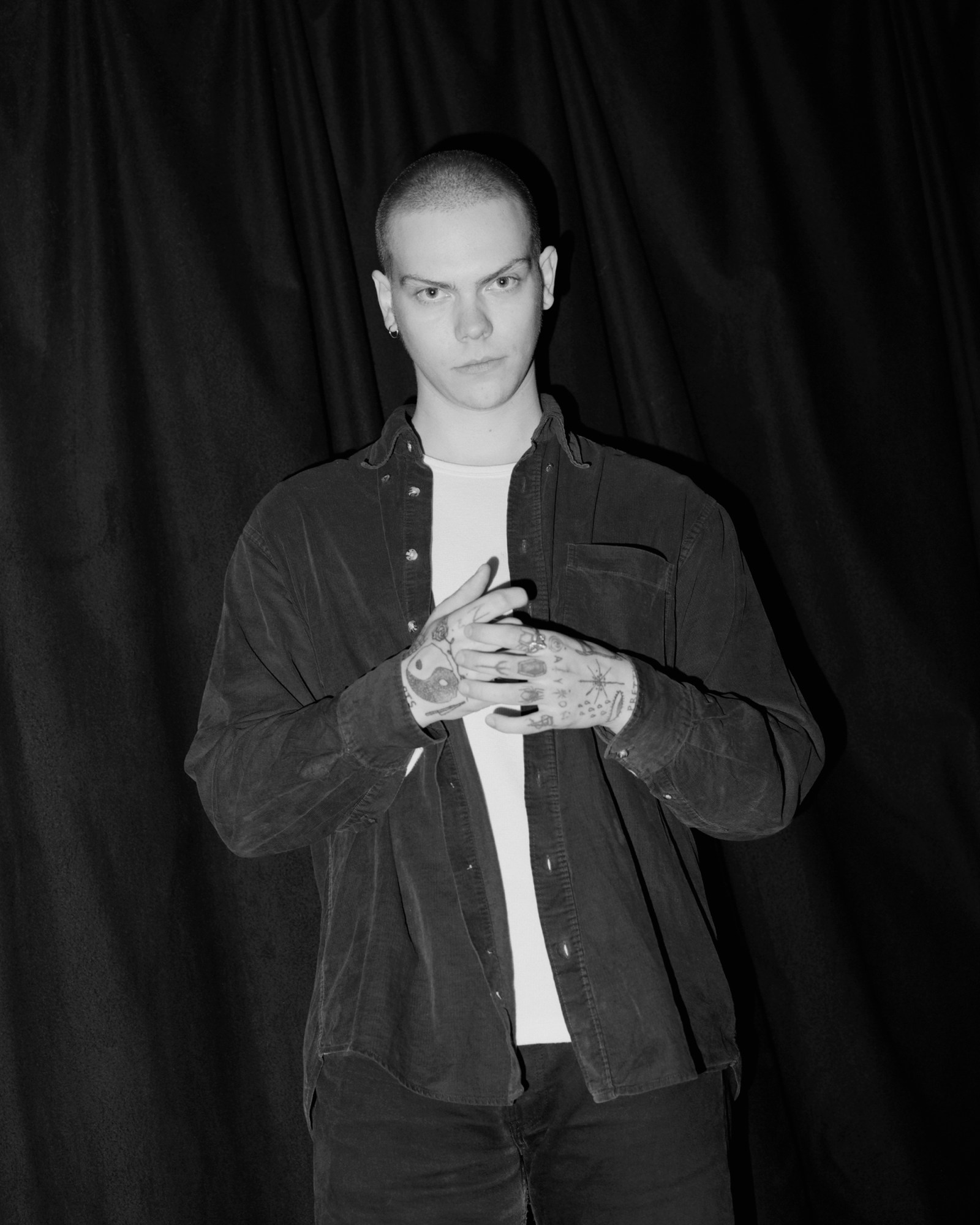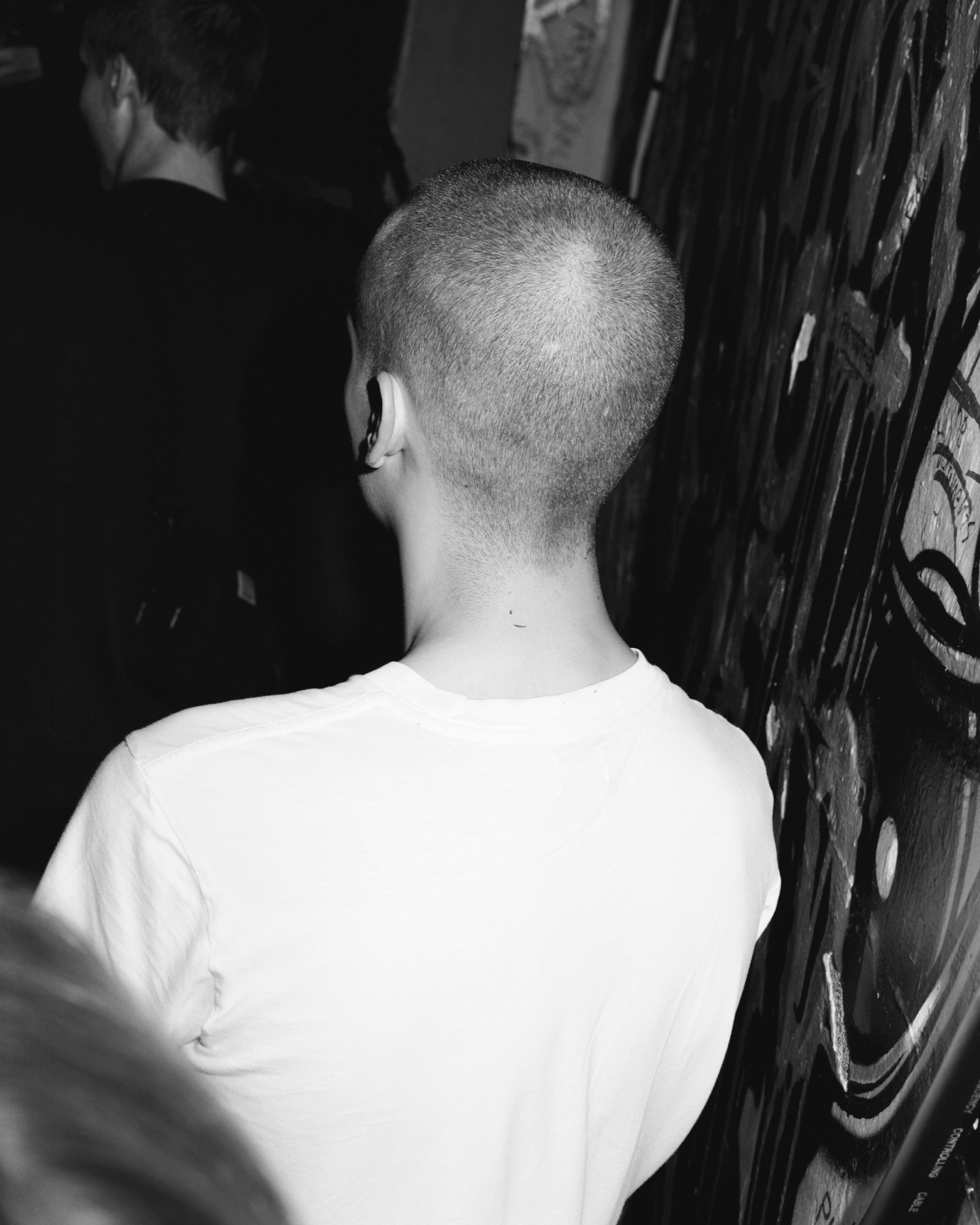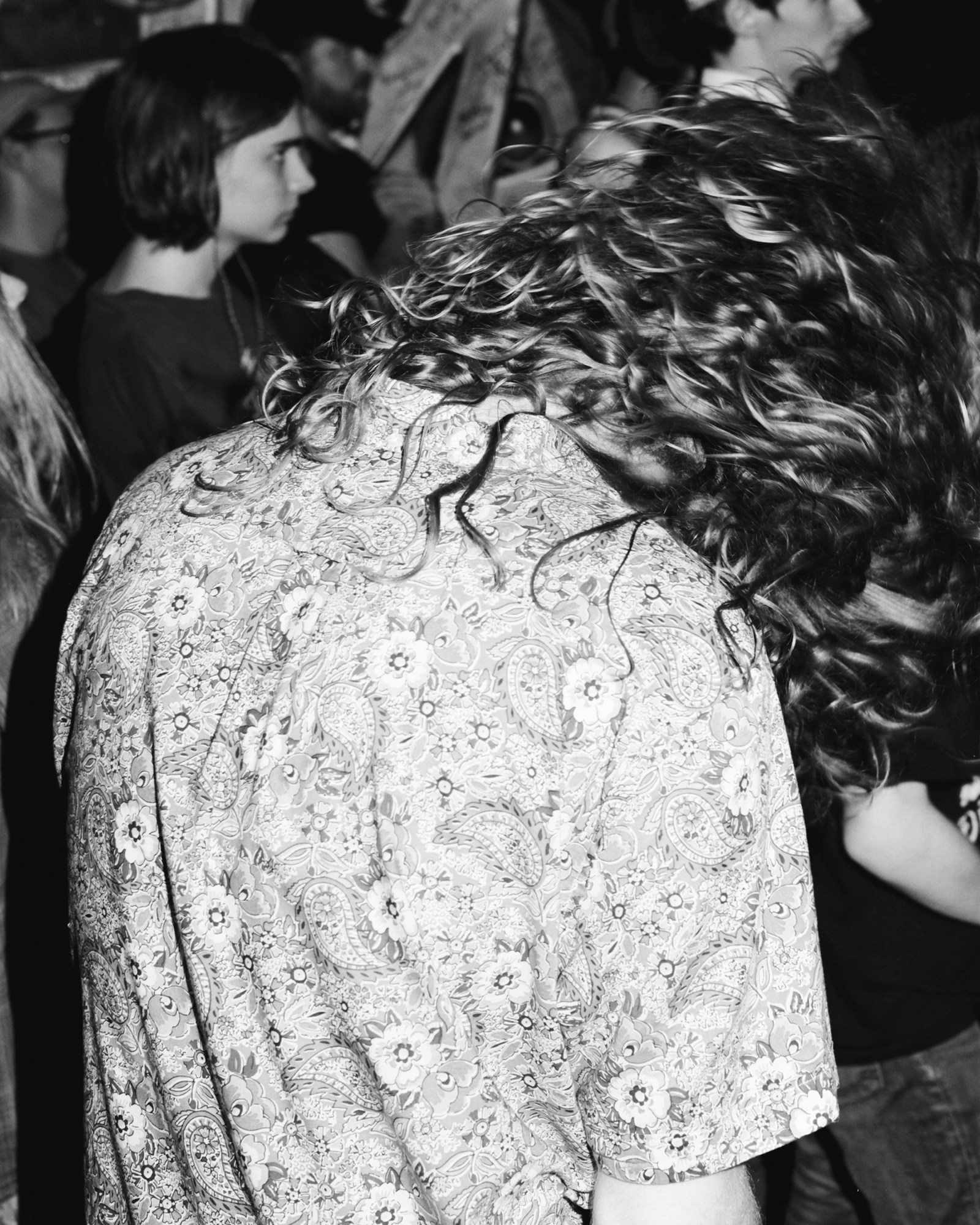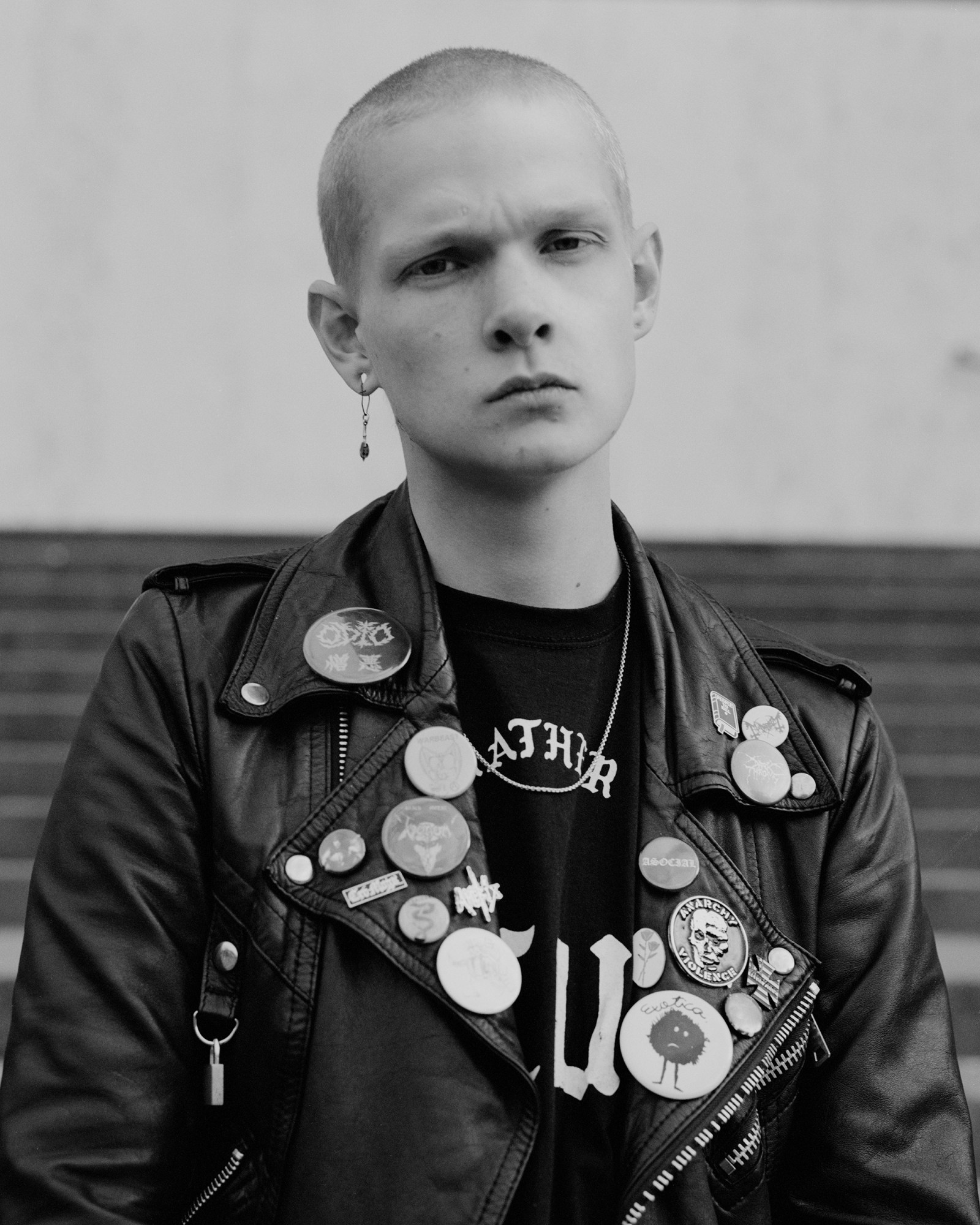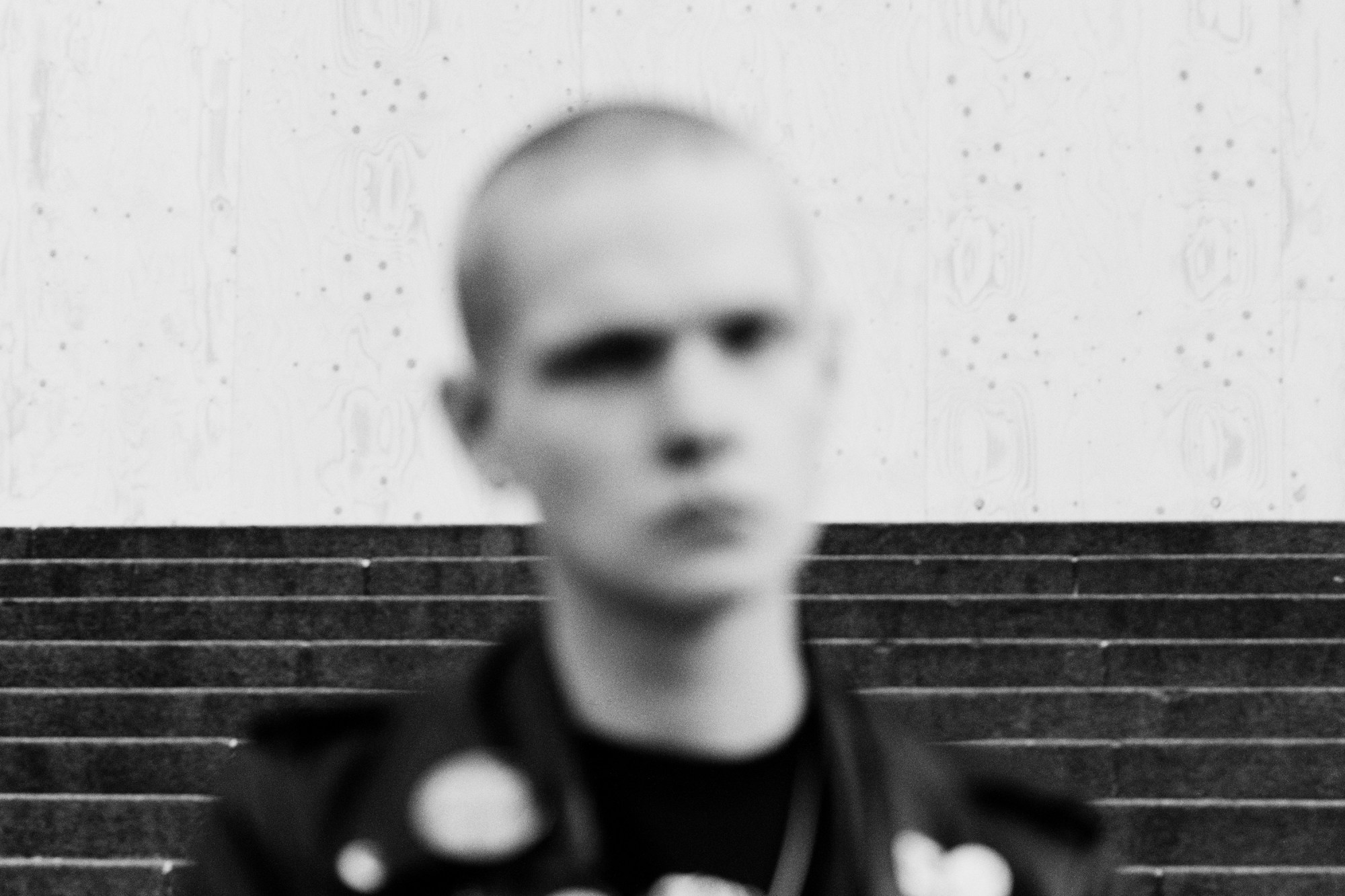What’s great about punk is that it looks the same everywhere. You can be flicking through a magazine and see some punks in, I dunno, Harajuku, and they’ll look the same as the punks in Minneapolis. A punk is a punk and no amount of money can make you a better punk than the ones knocking around Afflecks Palace in Manchester on a Saturday afternoon. To paraphrase Andy Warhol, all punks are the same and all punks are good.
So then to Sweden, where photographer Brian Kanagaki has been taking pictures of them. Brian plays in a band, the very dark and very good Loma Prieta. He’s been with the group for around ten years but never really mixed his two passions, preferring to keep photography in one corner and music in the safety-pinned other.
“I don’t normally do it because I’m super shy and I don’t usually take portraits,” he explains over the telephone from his New York home. “But, you know, I’m in this other country on tour and if I don’t see this person ever again and they say ‘no’, what’s the harm? It was kind of an experiment of getting out my shell a little bit and being in this community that I’ve been a part of for more than half my life. It seemed like an obvious project to me.”
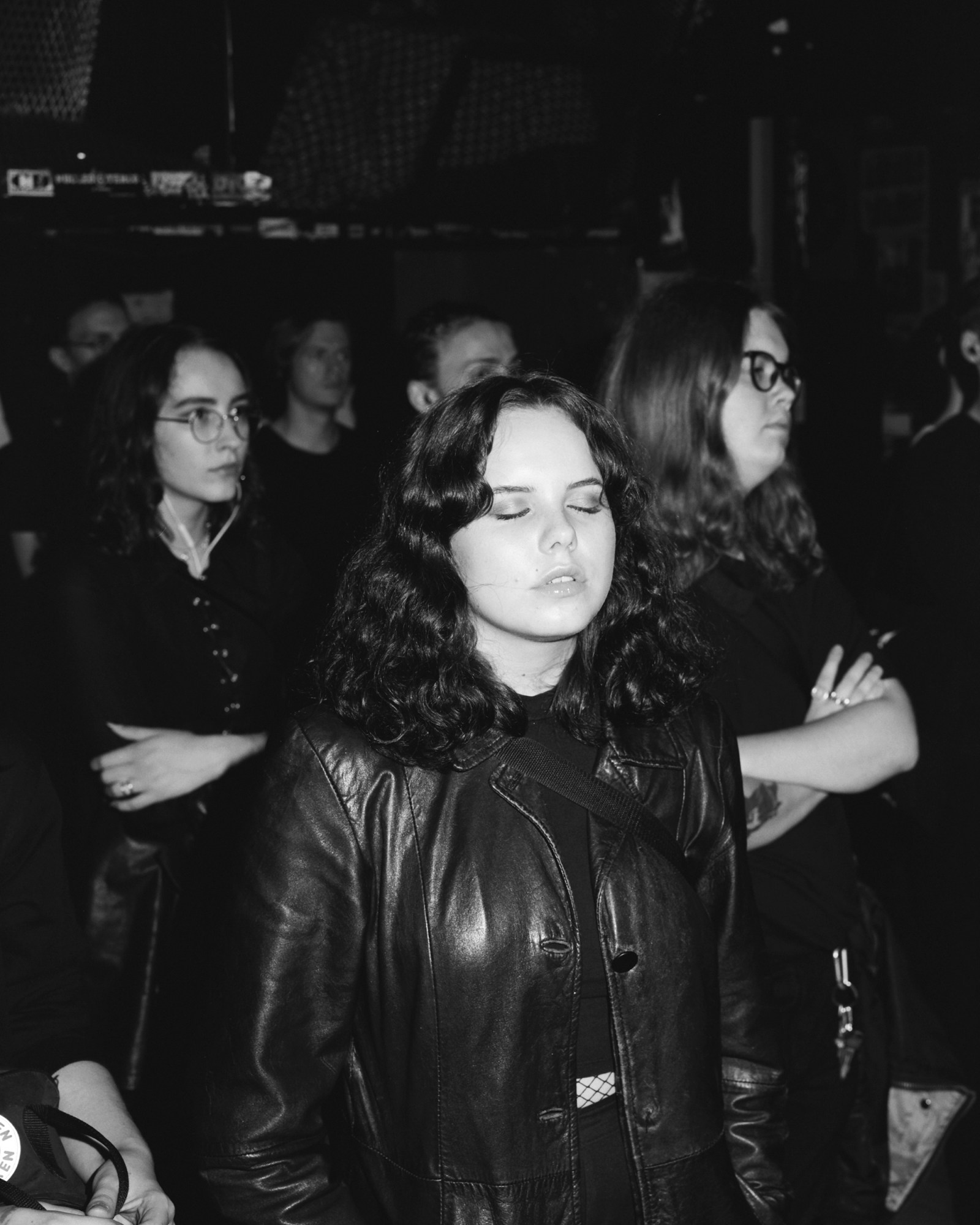
Community seems to be the key here. There’s alway been a real visible punk scene in Sweden (check this lot out), with a fairly ludicrous per capita amount of bands for a country the size of California. It’s something Brian was quick to pick up on. “I always noticed that when I would tour Scandinavia, people that were punk would be proud to be punk,” he says. “It’s not something to them that’s a style. It’s a lifestyle thing. You see on some of those people in the photos, they have tattoos on their face and on their hands. When you’re that young and you do that you’re pretty much signed up to that lifestyle.”
“The community is smaller than it is in America so it’s a lot more tight knit and not as worried about being cool or showing off,” Brian continues. “For me, at the shows that we played, everybody was just best friends, the community was super tight, and the kids would go to multiple shows, driving from town to town. They would hang out with their friends and see the band again. Yeah, it seemed like a really amazing community.”
